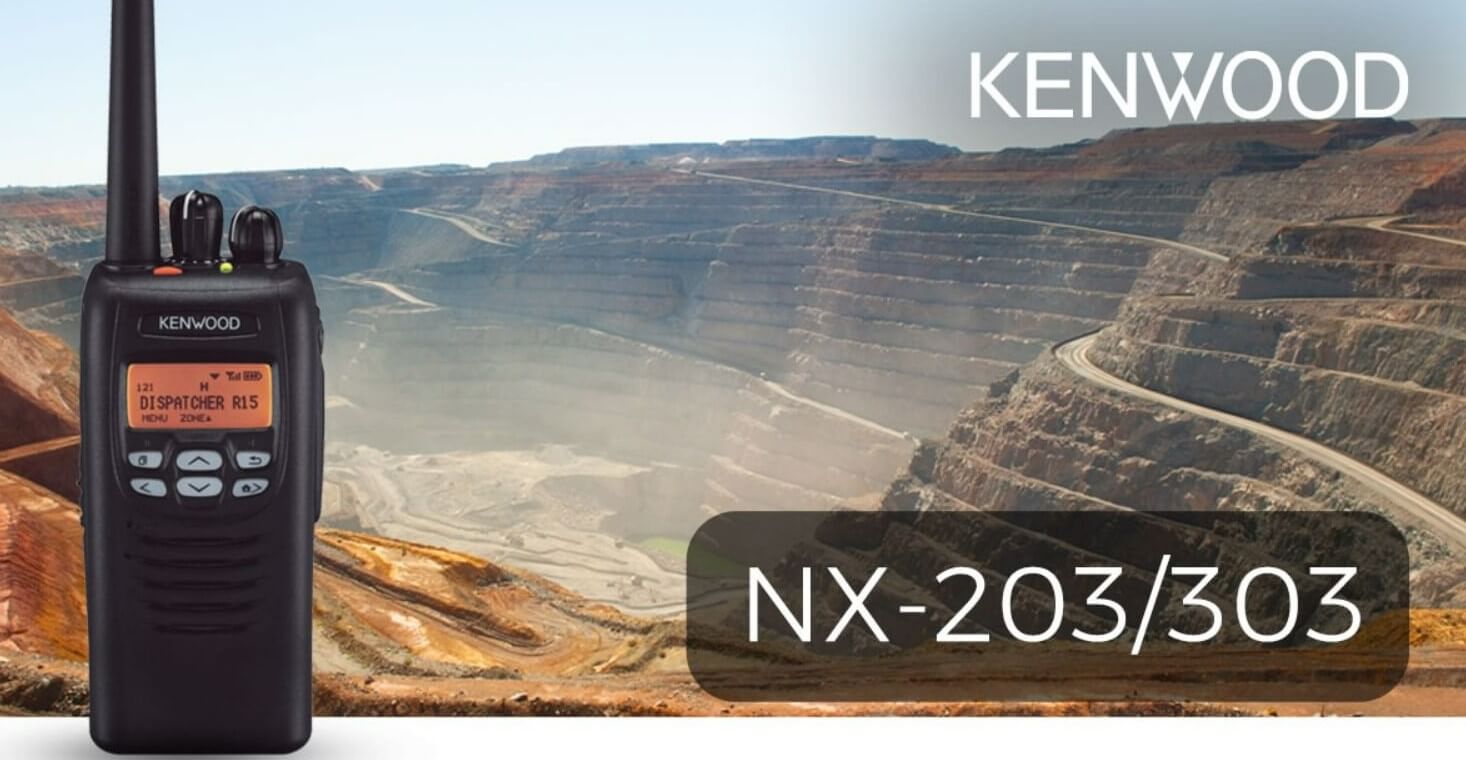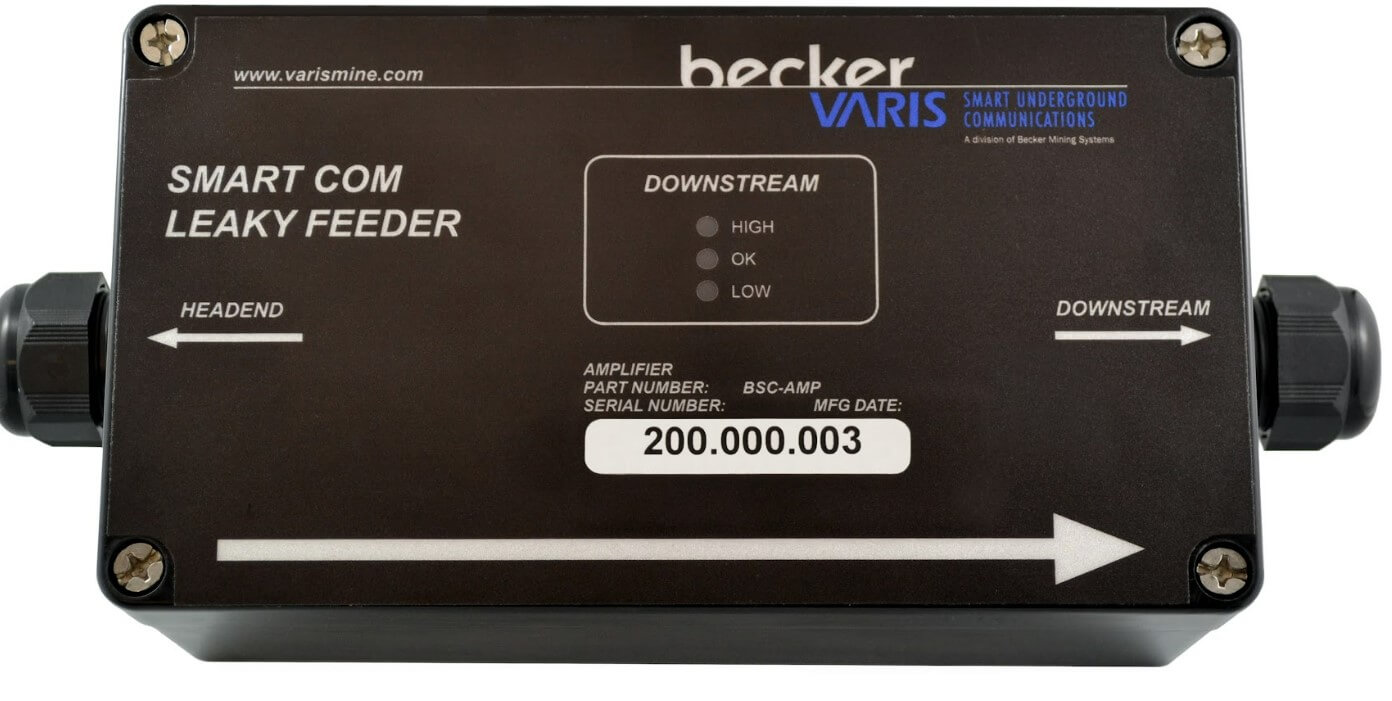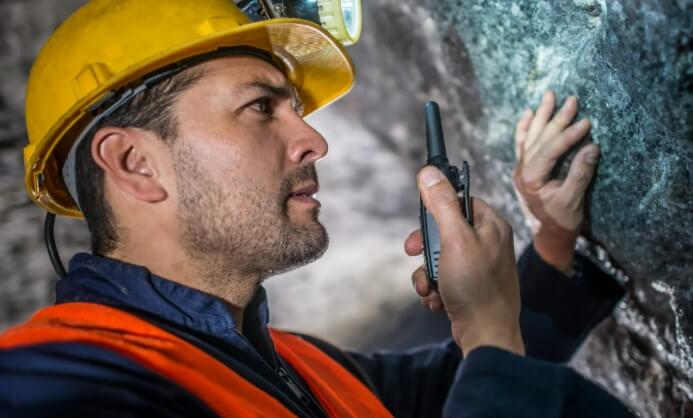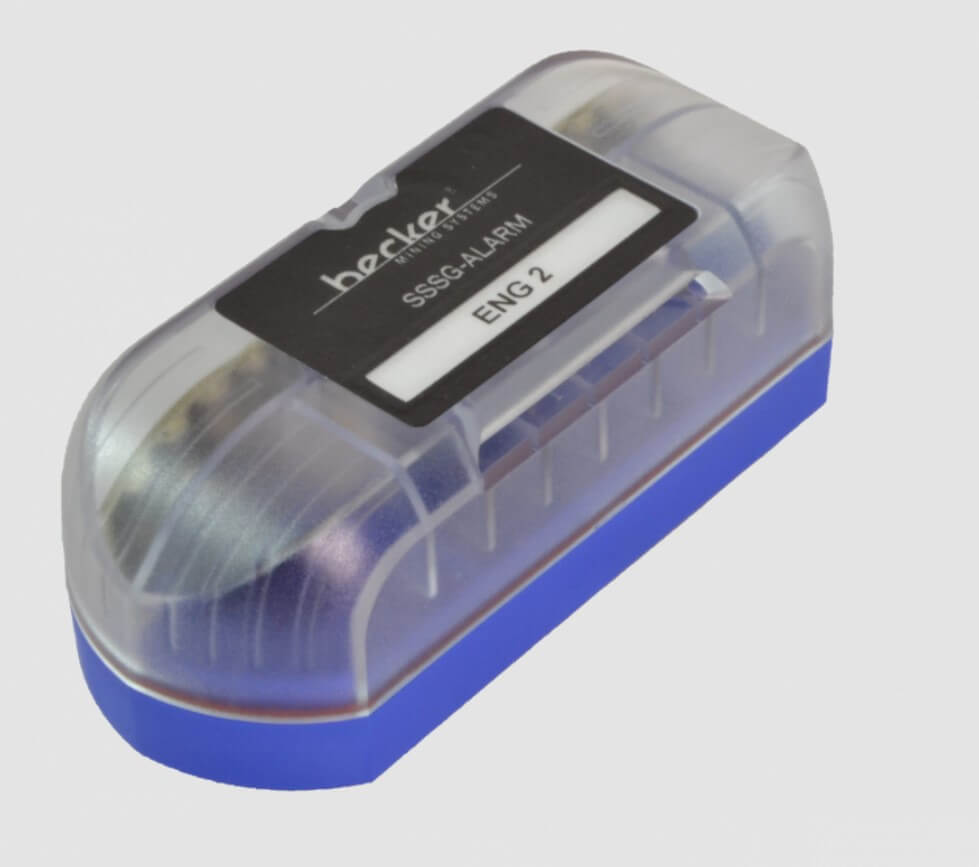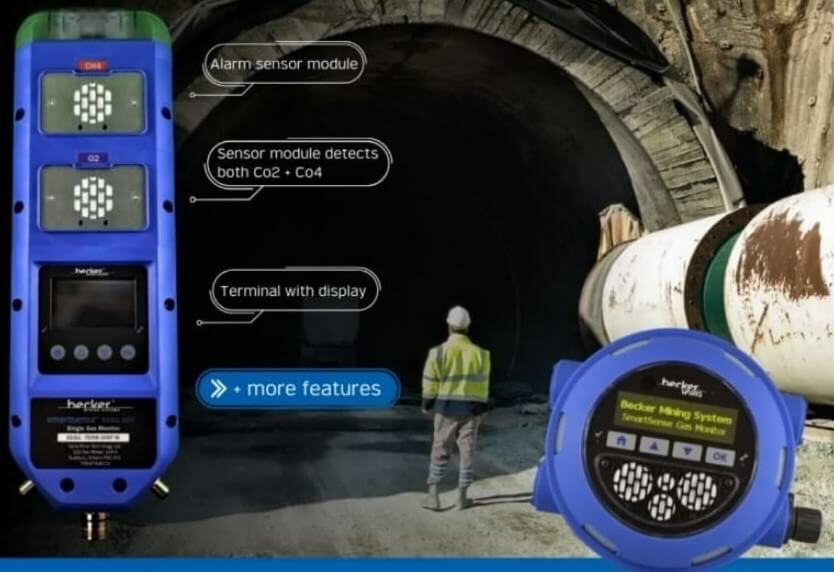In underground mining, safety is never theoretical. It is shaped every shift by how well teams can communicate when visibility is low, conditions change without warning, and crews are spread across miles of tunnels. The fastest way to improve safety in this environment is simple to explain and difficult to execute well: reliable communication. A properly designed Wireless Radio system gives miners and supervisors a clear, dependable way to stay connected when it matters most.
Wireless Radio Systems That Boost Mining Safety
